The elegance of Mengthang: The sacred Thangka artistry of Xizang
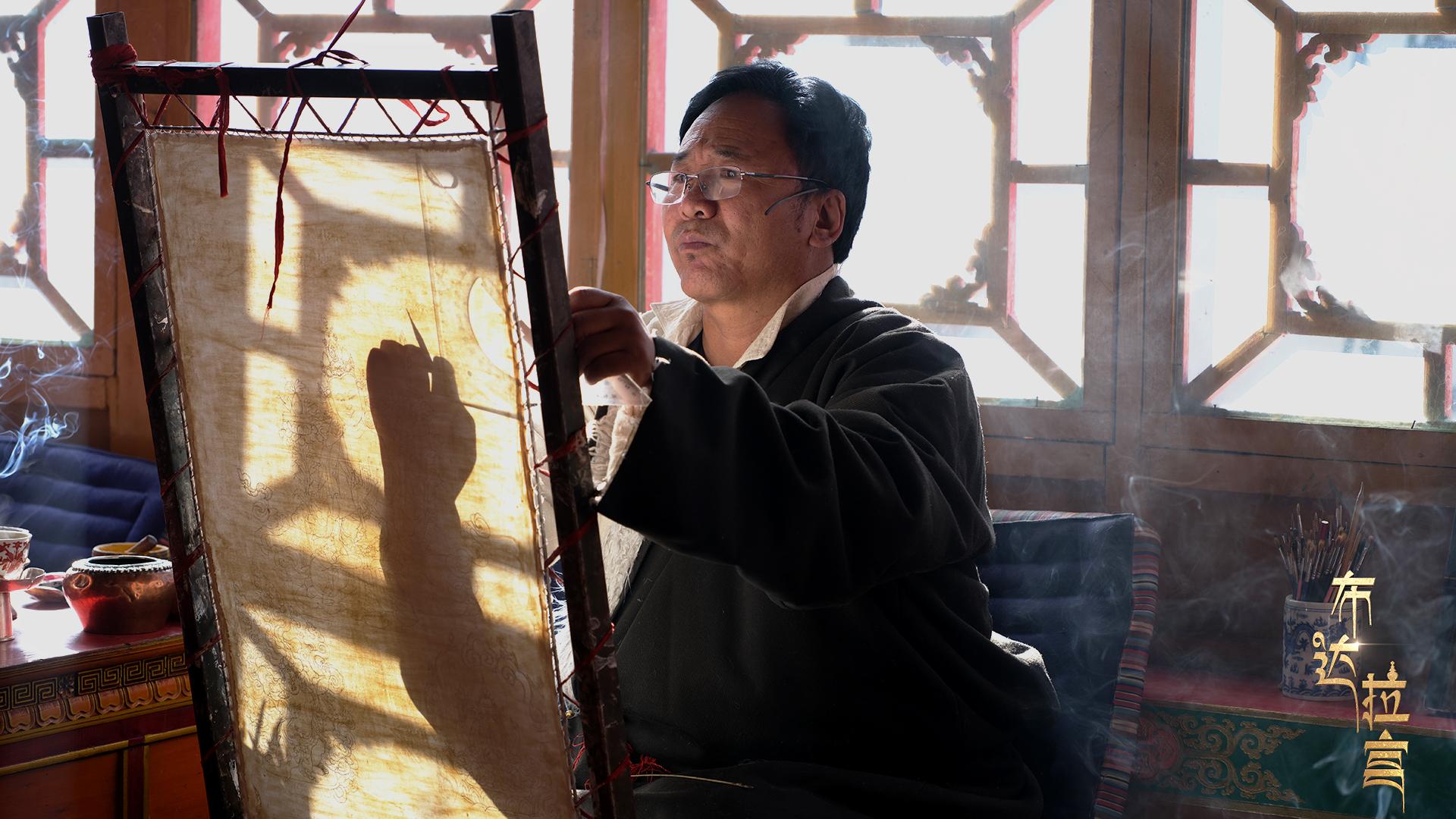
Tsering Wangyal, also a master of the Mengthang school, carefullu outlines his art work, December 2, 2024. /CGTN

A semi-finished Thangka in the process of line drawing, December 2, 2024. /CGTN

Another perspective of a Thangka under detailed line work, December 2, 2024. /CGTN
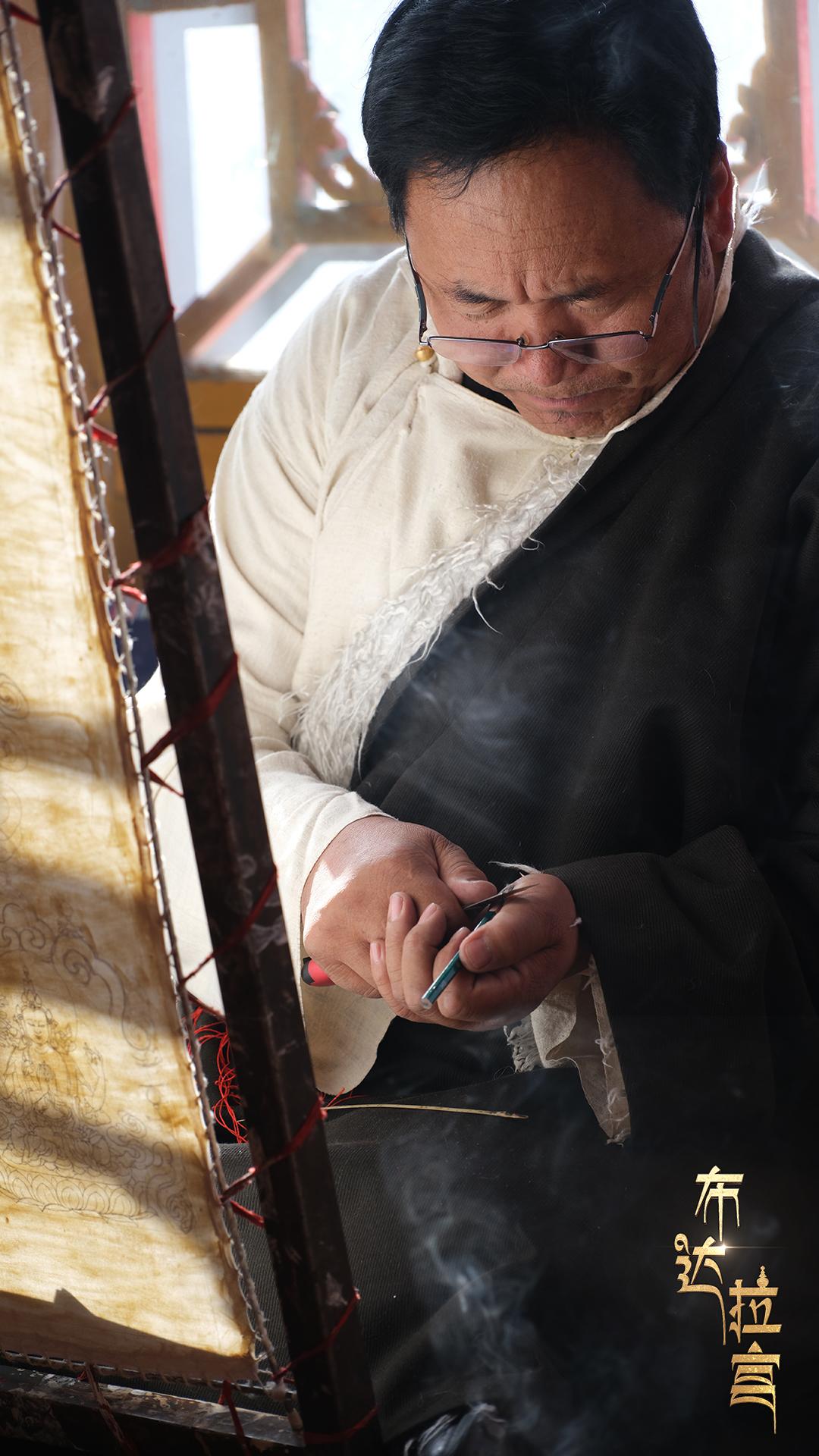
Tsering Wangyal, the Shigatse City-Level Intangible Cultural Heritage Inheritor of Mengthang Thangka Painting, prepares materials for Thangka, December 2, 2024. /CGTN
The Mengthang school of painting was founded in the 15th century by Menla Dondrup Gyatso in Lhozhag County, Shannan, within China's Xizang Autonomous Region. Over time, it grew into one of the most influential traditions in Tibetan Buddhist art, with its murals prominently displayed in the Great East Hall, the Great West Hall and other sacred chambers of the Potala Palace.
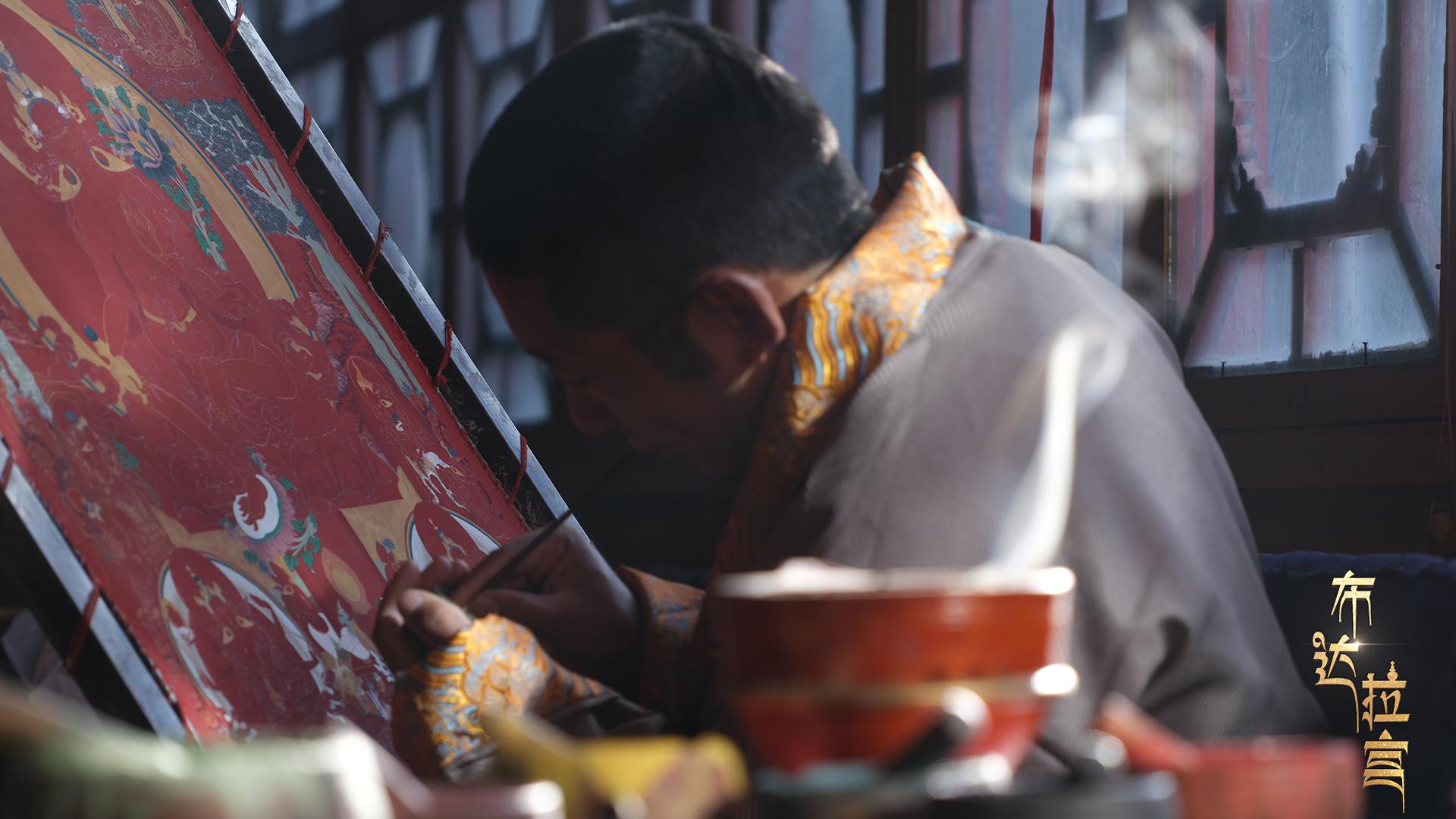
Thangka apprentice Lhachung from Sakya County, Shigatse, works on his painting, December 2, 2024. /CGTN
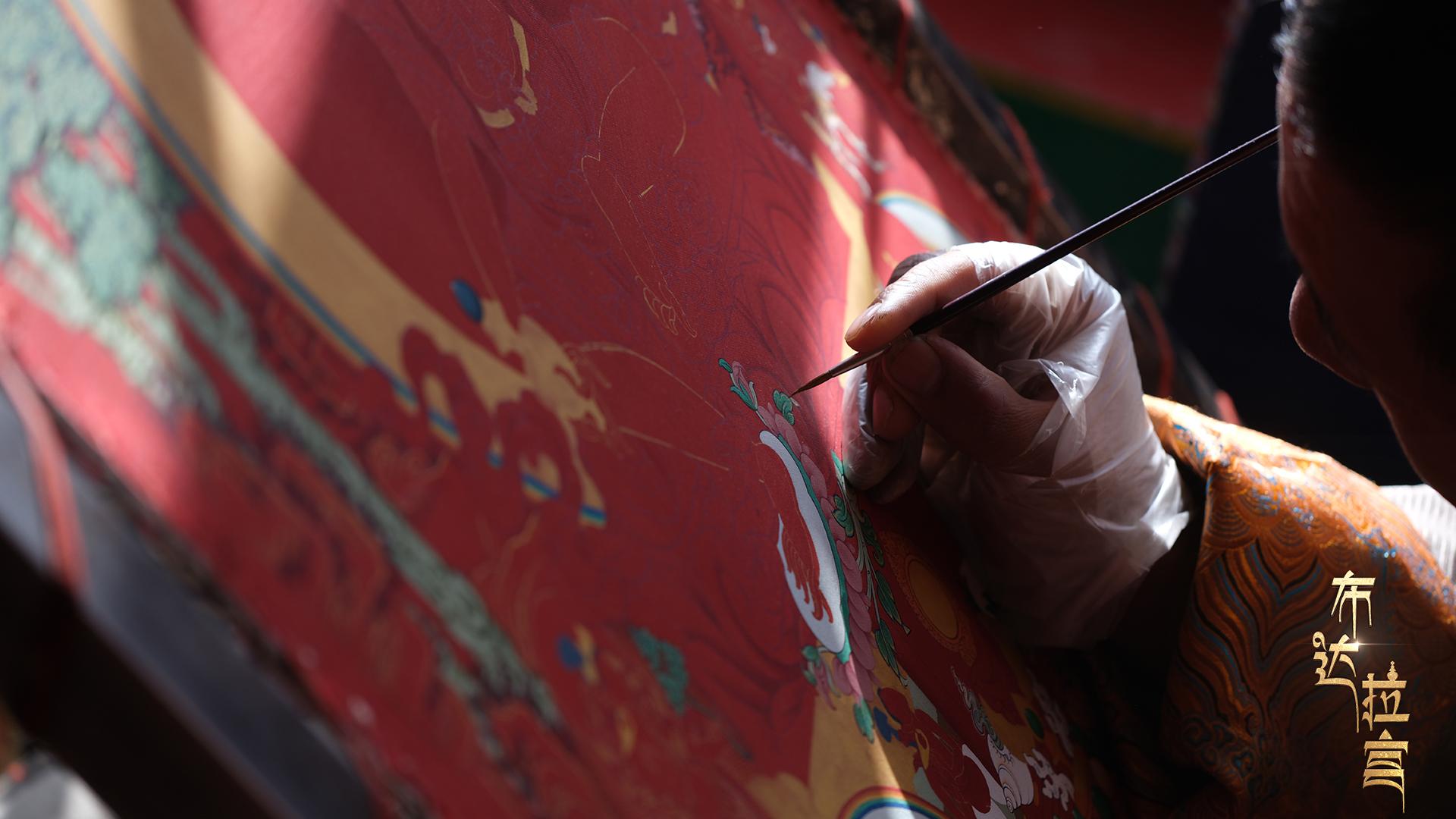
Lhachung adds final touches to his painting, December 2, 2024. /CGTN
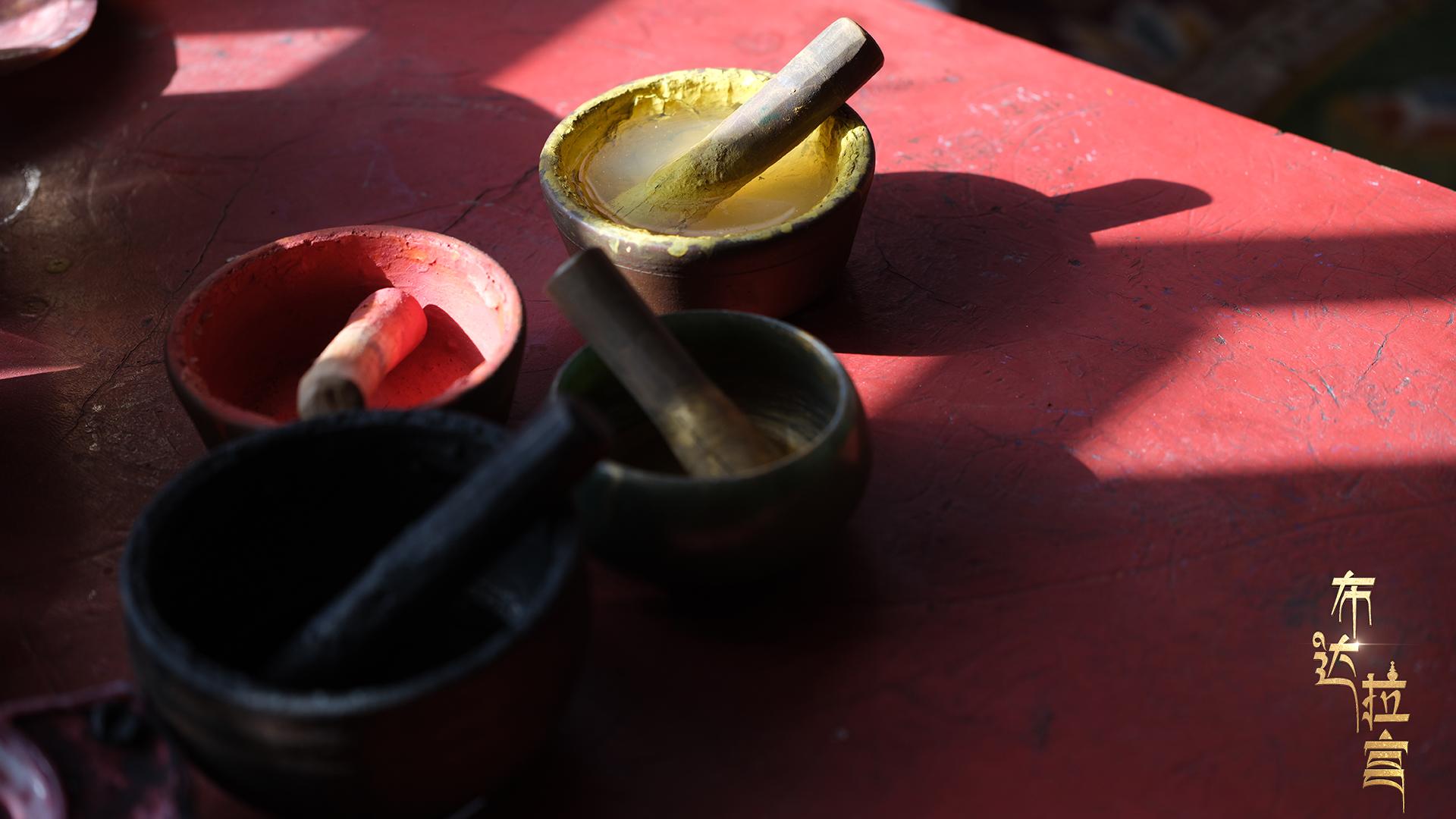
Pigmengts of the Thangka studi in Sakya County, Shigatse - primarily mineral-based, occasionally supplemented with plant-drived colors, December 2, 2024. /CGTN
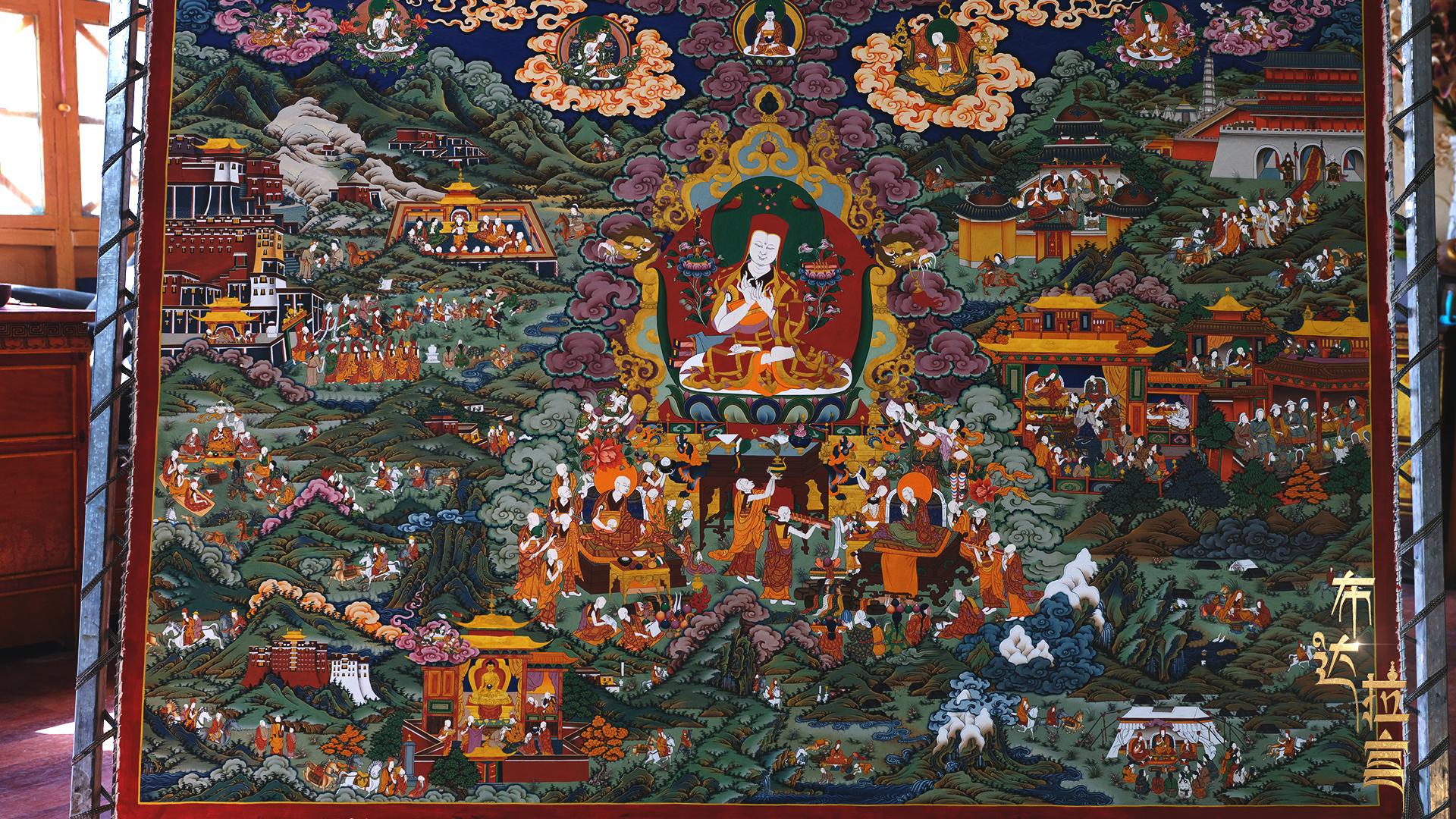
A nearly completed Thangke, Meeting at Liangzhou, awaits the final face detailing, December 2, 2024. /CGTN
Tsering Wangyal – an inheritor of the Mengthang lineage in Sakya County, Shigatse – patiently guides apprentices in this sacred art. Sakya has a profound historical connection to Mengthang: centuries ago, its founder Menla Dondrup Gyatso traveled to places – including Sakya – to study under the renowned master Dopa Tashi Gyeltsen.
By the 17th century, the master painter Choying Gyatso further refined the tradition, blending classical techniques with influences from central China to establish what became known as the New Mengthang School. Today, this living heritage continues to flourish through the dedication of artists such as Tsering Wangyal and his disciples
